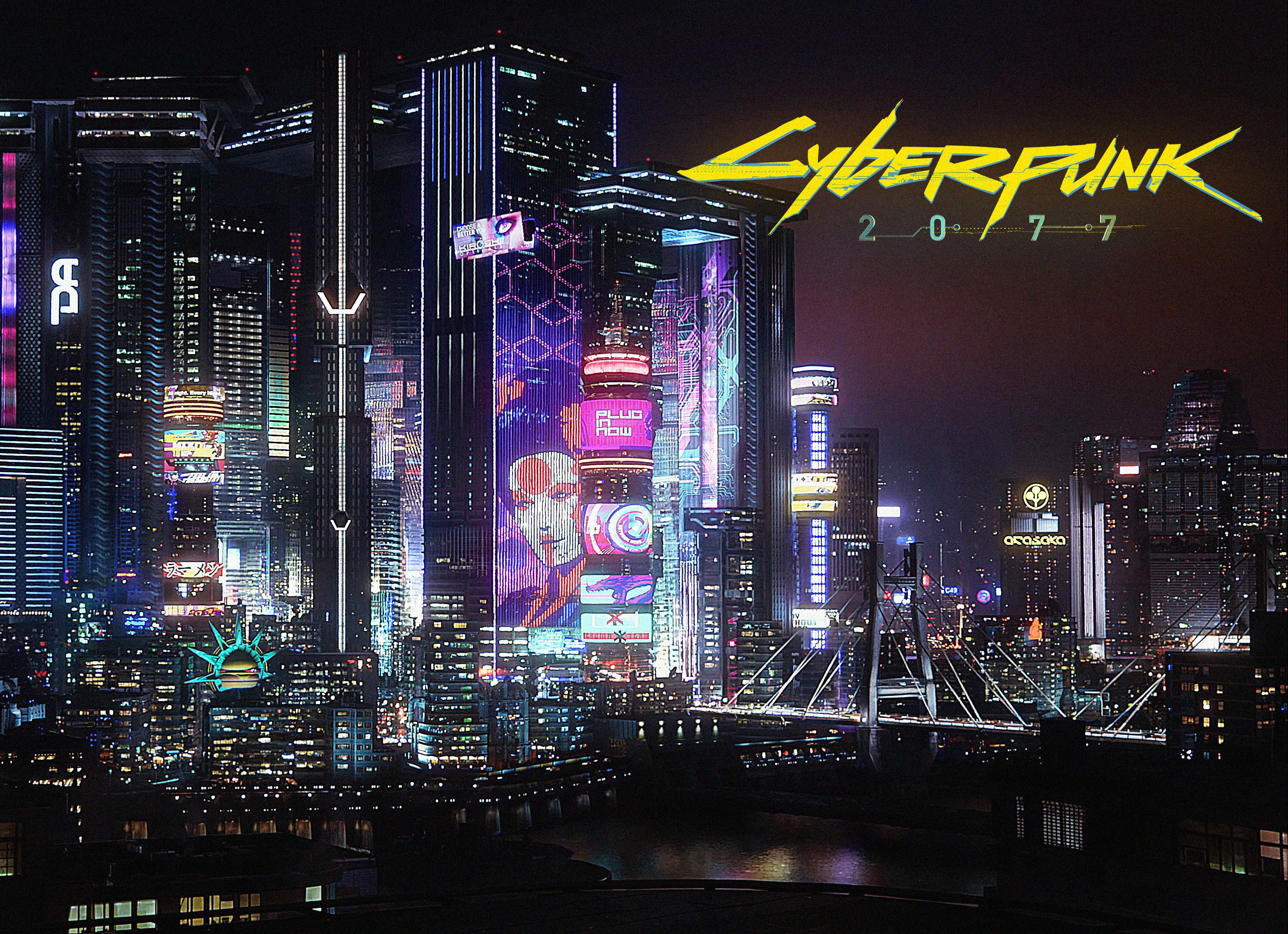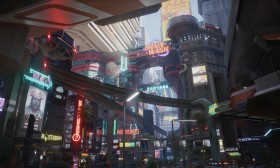Yooka-Laylee and the Impossible Lair is a fascinating case study in the art of the course correction. The original Yooka-Laylee, a 2016 3D platformer developed by Playtonic Games—a studio comprised of veterans from the beloved Rare of the Nintendo 64 era—was met with a reception that can be best described as mixed. It was a game of potent nostalgia, but one that often felt like a relic, struggling to modernize the very genre it sought to resurrect. When Playtonic announced a 2D sequel, many were skeptical. Was this a retreat? A simpler, safer bet? The result, however, proved to be anything but. Yooka-Laylee and the Impossible Lair is not a step back; it is a confident and brilliantly executed leap forward, a masterclass in how to refine a concept by shifting perspective, both literally and figuratively. It stands as a profound 2D improvement over its predecessor by masterfully blending classic sensibilities with modern design philosophy, culminating in one of the finest 2D platformers of its generation.
The most immediate and impactful improvement is the fundamental shift from 3D exploration to 2D precision. The original game’s sprawling, sometimes empty worlds often led to moments of confusion and a lack of focused challenge. The Impossible Lair eliminates this entirely by adopting a side-scrolling perspective. This decision immediately channels the spirit of genre titans like Donkey Kong Country: Tropical Freeze, a comparison it not only invites but earns. The controls are tightened to a razor’s edge. Yooka’s movement is weighty and responsive, while Laylee’s helicopter flutter adds a crucial layer of aerial control and risk-reward timing. Every jump, roll, and ground-pound feels intentional. The level design is built around this precision, demanding mastery of the duo’s moveset in a way the 3D game never did. This creates a purer, more satisfying platforming experience where failure feels like a personal misstep rather than a fault of the camera or the environment.
Yet, to label The Impossible Lair as merely a 2D platformer is to overlook its most ingenious innovation: the overworld. This is where Playtonic’s experience with 3D design brilliantly reasserts itself. The hub world is a sprawling, interactive puzzlebox reminiscent of The Legend of Zelda, filled with secrets, shortcuts, and environmental challenges. Solving puzzles here alters the state of the levels themselves, a mechanic that is nothing short of revolutionary for the genre. By pulling a lever, you might drain a flooded stage, creating a completely new layout and gameplay experience for a level you’ve already completed. This “Tonix” system effectively doubles the game’s content not through lazy repetition, but through clever, meaningful transformation. It seamlessly marries the exploratory joy of a 3D adventure with the focused intensity of a 2D platformer, creating a holistic and endlessly engaging world to inhabit. This single feature demonstrates a level of creativity and confidence that was only hinted at in the first game.
Furthermore, The Impossible Lair demonstrates a monumental improvement in structure and pacing. The original title locked significant abilities behind a collectible currency, often gating progress in a frustrating manner. Its successor adopts a more player-friendly approach. While Pagies remain the primary collectible, unlocking new levels, the game is remarkably non-linear. You are free to tackle a large number of stages in almost any order. This empowers the player, allowing them to bypass a frustrating challenge and return later with more skill or unlocked abilities. It respects the player’s time and agency, a cornerstone of modern game design that the first title frequently ignored.
This design philosophy extends to the game’s magnificent central gimmick: the Impossible Lair itself. From the very start, you can attempt to storm the final, brutally difficult gauntlet. This is a bold statement, echoing the approach of games like Cuphead. You will almost certainly fail, but this failure is a lesson. However, the game provides a brilliant mitigation strategy: throughout the adventure, you can rescue a battalion of bees who will act as hit points, forming a shield that can absorb damage during the final challenge. The more bees you collect, the more hits you can sustain in the Lair. This system is genius. It turns the typically tedious act of collecting into a tangible, strategic advantage. It provides a clear, motivating goal beyond simply seeing the next level, and it allows players of varying skill levels to tailor the difficulty of the ultimate challenge. A novice can scour the world for every last bee to make the Lair manageable, while a platforming savant can attempt it with just one. This elegant system offers both a compelling reason to explore and a dynamic difficulty slider, all woven directly into the narrative and mechanics.
Visually and aurally, the game is also a marked improvement. While the original’s visuals were charmingly retro, they could also be rough and inconsistent. The Impossible Lair adopts a cleaner, more vibrant diorama-like aesthetic that pops with color and personality. The character designs are sharper, and the 2D perspective allows for more detailed and cohesive backdrops. The soundtrack, once again composed by the legendary David Wise and Grant Kirkhope, is phenomenal. The music dynamically changes as you alter the state of a level, seamlessly shifting from a water-level melody to a land-level theme, showcasing a technical and compositional prowess that deeply enhances the immersion.

In conclusion, Yooka-Laylee and the Impossible Lair is far more than a simple spin-off. It is a thorough and triumphant reinvention. Playtonic Games took the valid criticisms of their first effort to heart and responded not with a timid apology, but with a bold, creative, and incredibly polished masterpiece. By harnessing the precision of 2D platforming, infusing it with the exploratory soul of a 3D adventure through its revolutionary overworld, and structuring the entire experience around player-friendly and inventive mechanics like the bee army, the game doesn’t just improve on the original formula—it transcends it. It stands as a testament to the fact that sometimes, to truly move forward, one must be willing to change direction. In doing so, Playtonic didn’t just create a great successor; they crafted a modern classic that confidently earns its place among the platforming greats it so clearly reveres.
















